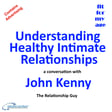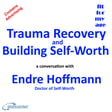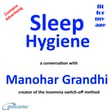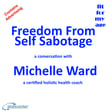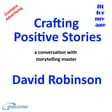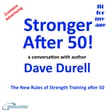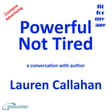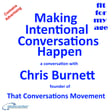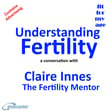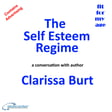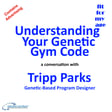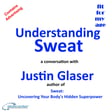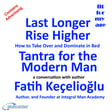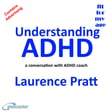
Freedom from Chronic Pain - a conversation with Dr. Mitchell Yass
Dr Mitchell Yass created the Yass Method an alternative model of treatment for chronic pain.
The focus of the Yass Method is diagnosing and treating the cause of pain based on interpreting patients' symptoms, rather than relying on diagnostic tests.
Dr. Yass believes that many cases of chronic pain that are attributed to structural problems are actually caused by muscular weakness or imbalance.
In this episode of the Abeceder podcast Fit For My Age Mitchell explains to host Michael Millward What chronic pain is, why so many people are suffering with chronic pain and what can be done to eliminate chronic pain.
This is a hard-hitting episode that will leave any listener equipped to look again at why they have chronic pain and what they might do to achieve freedom from chronic pain.
Audience Offers
Proactive Positive Ageing.
It is always a good idea to know the risks early so that you can take appropriate actions to maintain good health, that is why we recommend The Annual Health Test from York Test.
York Test provides an Annual Health Test. An experienced phlebotomist will complete a full blood draw at your home or workplace. Hospital standard tests covering 39 different health markers are carried out in a UKAS-accredited and CQC-compliant laboratory.
A Personal Wellness Hub gives access your easy-to-understand results and guidance to help you make effective lifestyle changes anytime via your secure, personal Wellness Hub account.
Visit York Test and use this discount code AGE25.
Fit For My Age is made on Zencastr, because Zencastr is the all-in-one podcasting platform, that really does make creating content so easy.
If you would like to try podcasting using Zencastr visit zencastr.com/pricing and use our offer code ABECEDER.
Travel Members of the Ultimate Travel Club enjoy travelling at trade prices on flights, trains, hotels, holidays and so many other travel related purchases. Use the link to access discounted membership.
Find out more about both Michael Millward and Ryan Christensen at Abeceder.co.uk.
Matchmaker.fm If you are a podcaster looking for interesting guests or if like Ryan, you have something interesting to say Matchmaker.fm is where great hosts and great guests are matched and great podcasts are hatched. Use our offer code MILW10 for a discount on membership.
Being a Guest
If you would like to be a guest on Fit For My Age, please contact using the link at Abeceder.co.uk.
We recommend the podcasting guest training programmes available from Work Place Learning Centre.
We appreciate every like, download, and subscriber.
Thank you for listening.
